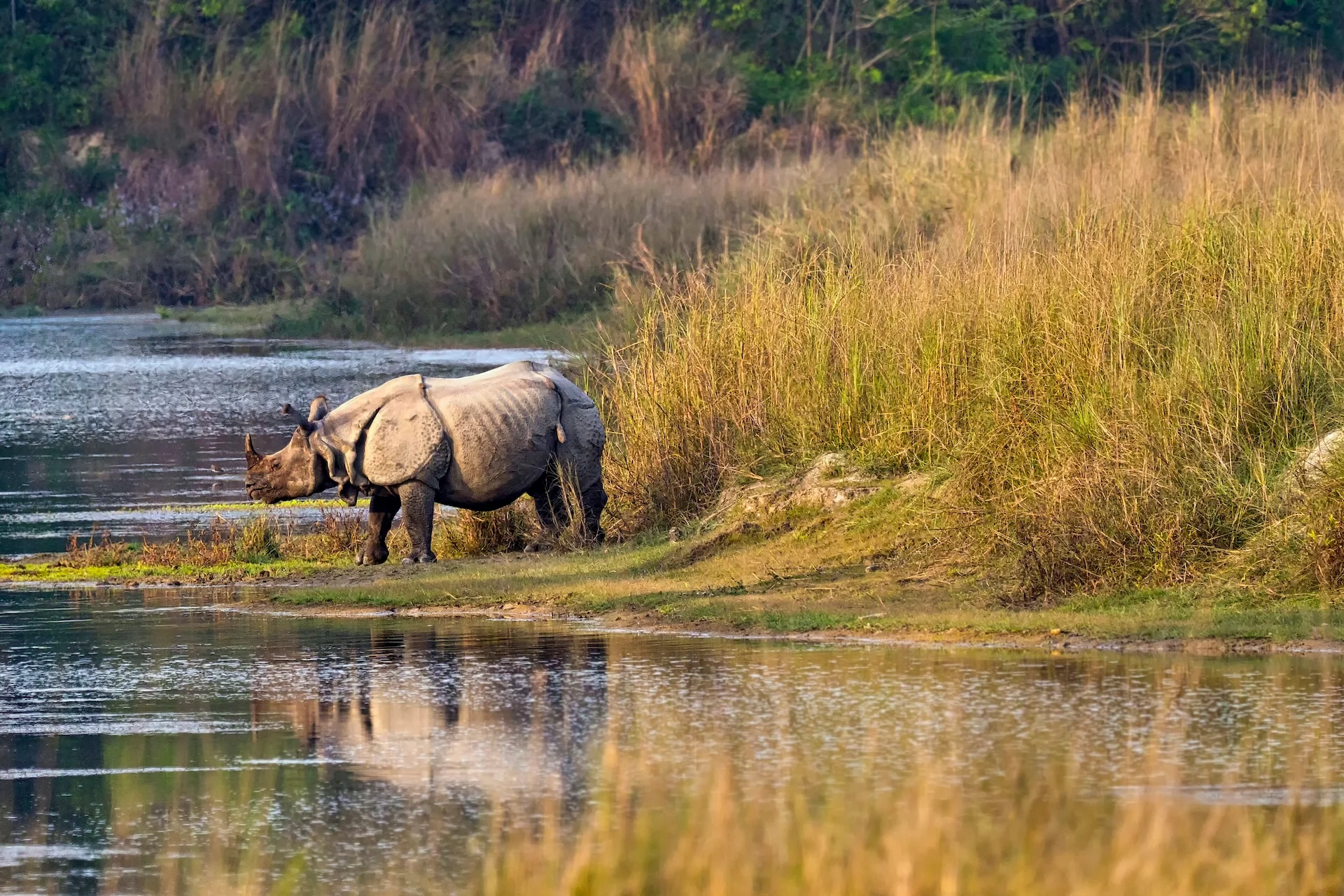
Wildlife and Trekking in Nepal: More Than Just Mountains
Shared on September 22 2025, 17:08
Wildlife in the Trekking Regions
Everest Region (Sagarmatha National Park)
Trekking to Everest Base Camp isn’t just about glaciers and prayer flags. Keep your eyes open on the trail, and you might spot:
-
Himalayan tahr: A kind of mountain goat, often seen grazing on steep slopes.
-
Musk deer: Shy creatures with long fangs (males), usually in the forests.
-
Snow leopard: Extremely rare, but Sagarmatha is part of their range.
-
Birdlife: The colorful Himalayan monal (Nepal’s national bird) is a highlight.
Annapurna Region
The Annapurna Conservation Area is Nepal’s largest protected zone, and it covers everything from subtropical valleys to high alpine passes. That variety means lots of wildlife, including:
-
Langur monkeys: Often in troops near forests.
-
Blue sheep (bharal): Key prey for snow leopards in higher areas.
-
Birds: Vultures, eagles, and pheasants soar over the valleys.
-
Butterflies: In spring, expect a riot of butterflies in lower elevations.
Langtang and Helambu
Langtang is special because it’s one of the best places to spot the red panda. Dense forests of bamboo and rhododendron are their habitat, and guided “red panda treks” are now popular. Other animals include musk deer, Himalayan black bear, and plenty of bird species.
Manaslu Region
Remote and less disturbed, Manaslu offers a higher chance of spotting shy species. Blue sheep are common near Larkya La Pass, and snow leopard research projects run in this area. Yaks, both wild and domesticated, roam the valleys.
Upper Mustang and Dolpo
These rain-shadow regions are famous for their barren beauty, but wildlife still thrives. Look for:
-
Snow leopards: More frequently sighted here than elsewhere.
-
Wild asses (kiang): In Mustang’s dry plains.
-
Birds of prey: Golden eagles and lammergeiers are common.
Trekking Meets Jungle: Wildlife Beyond the Mountains
If you’re planning a trek, it’s worth adding a few days in the lowland Terai to experience Nepal’s other wild side. National parks here feel like a different world:
-
Chitwan National Park: Famous for one-horned rhinoceros, Asian elephants, crocodiles, and Bengal tigers. Jungle safaris (jeep or canoe) are easy to arrange.
-
Bardia National Park: Less crowded, higher chances of seeing tigers, and incredible birdwatching.
-
Koshi Tappu Wildlife Reserve: A paradise for birders, with rare waterfowl and migratory species.
Responsible Wildlife Trekking
Seeing wildlife is exciting, but Nepal’s fragile ecosystems need respect. A few guidelines:
-
Keep a safe distance, never chase or feed animals.
-
Stick to trails to avoid disturbing habitats.
-
Support conservation by hiring local guides involved in community projects.
-
In jungle parks, choose ethical operators (no elephant riding, only safaris that respect the animals).
Tips for Spotting Wildlife on Trek
-
Go with a local guide: They know the best places and can identify calls, tracks, and subtle signs.
-
Be quiet and patient: Wildlife is easily scared off.
-
Bring binoculars: Especially useful for spotting birds and high-altitude animals like blue sheep.
-
Trek in the right season: Spring and autumn are good for visibility; winter sometimes brings animals lower in search of food.
Combining Trekking and Wildlife: Sample Itineraries
-
Everest Base Camp + Chitwan Safari: Two weeks in the Khumbu, followed by a few days in Chitwan for rhinos and elephants.
-
Langtang Red Panda Trek: A one-week trek focused on tracking red pandas with local naturalists.
-
Annapurna Circuit + Bardia National Park: A classic trek paired with a tiger safari in western Nepal.
Trekking in Nepal will always be about the mountains first, but once you start noticing the wildlife, the experience deepens. Watching a herd of blue sheep clamber across a cliff, hearing the cry of a monal echo through the forest, or spotting rhinos after days in the high Himalayas, it all makes Nepal feel even more alive.
The best part? You don’t have to choose between mountains and animals. In Nepal, you can have both.
.webp)